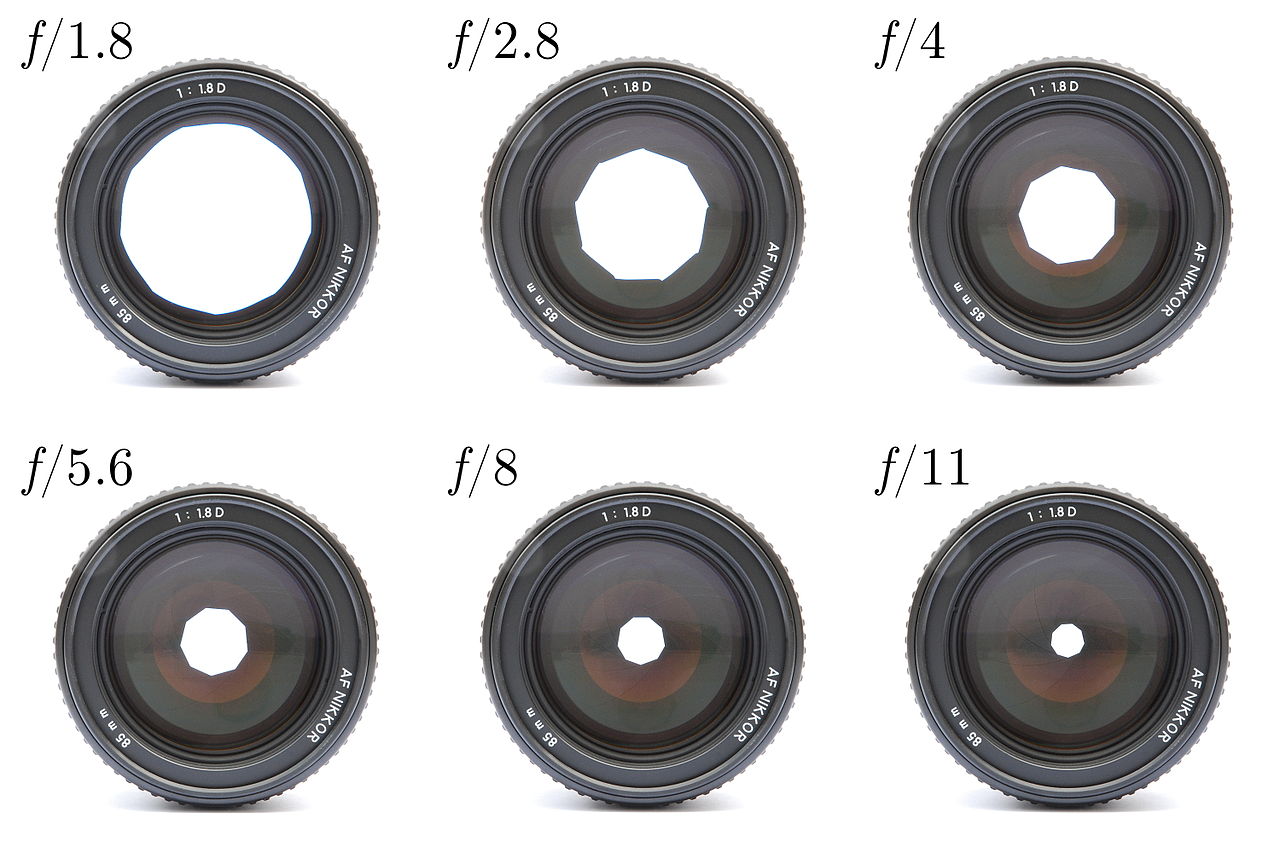
Again, at the same aperture, medium format cameras will have an even shallower depth of field than full frame cameras. So, quite literally, it’s all in the maths. That same 50mm lens set to f/22, for example, only has an entrance pupil diameter of around 2.27mm far smaller than the 25mm measured at f/2. At the same aperture, full frame cameras will have a shallower depth of field compared to crop sensor cameras. It also should now make clear why a high f-number corresponds with small aperture, and a low f-number corresponds with a wide aperture. Use your muzzle or front sight post as your reticle. At close quarters, I'm not using any rear aperture at all. That being said, I almost never use the 0-2 sight, unless I'm under low light conditions. To achieve a deep, rich and expansive DOF, you’ll want to set the f-stop to around f/11 or higher. For example, a larger sensor size, longer focal length or closer focusing distance will result in shallower depth of field. The 0-2 sight is for a low light and/or engagement ranges under 200m. Manipulating the aperture is the easiest and most often utilized means to adjust Depth of Field. In this case, magnification can refer to the sensor size, focal length and distance from the subject. While at first glance it would appear that their use would be identical, certain.

Magnification is the third factor that affects depth of field. The key visual difference is that one aperture is larger than the other. This is due to magnification, which we'll look at next. With a massive aperture like f/1 or f/1.2 we automatically assume quality. We are conditioned to constantly be chasing huge apertures. At the same aperture, shooting closer to your subject will give a much shallower depth of field, while shooting further away will give a much greater depth of field. Small apertures (or big f-numbers) have a bad name. For example, a standard lens might include the following f-stops: f/1.4 f/2 f/2.8 f/4 f/5.6 f/8 f. Every lens has a limit for how big or small the aperture can get.

Different apertures are referred to as f-stops, and are written like this: f/2.

The closer you are to the subject, the shallower your depth of field will be (and vice versa). Aperture settings are expressed in numbers, which is how you’ll see them on your camera. The distance from your subject will also affect depth of field. Although this may be the easiest way to adjust the depth of field, it is not the only way. A larger hole allows more light to hit the sensor, lightening your photos. As we've already explained, larger apertures result in shallower depth of field while smaller apertures result in larger depth of field. We get the notion of the opposite effect because the larger sensor requires a shorter focal length lens just to see the same view size, and it.2 answers Top answer: Would it be better to have a larger sensor with smaller f-number or a smaller sensor with. Aperture is the opening in the camera lens. Changing the aperture is the easiest way to control depth of field.


 0 kommentar(er)
0 kommentar(er)
